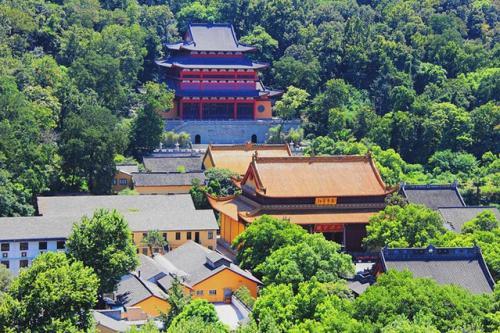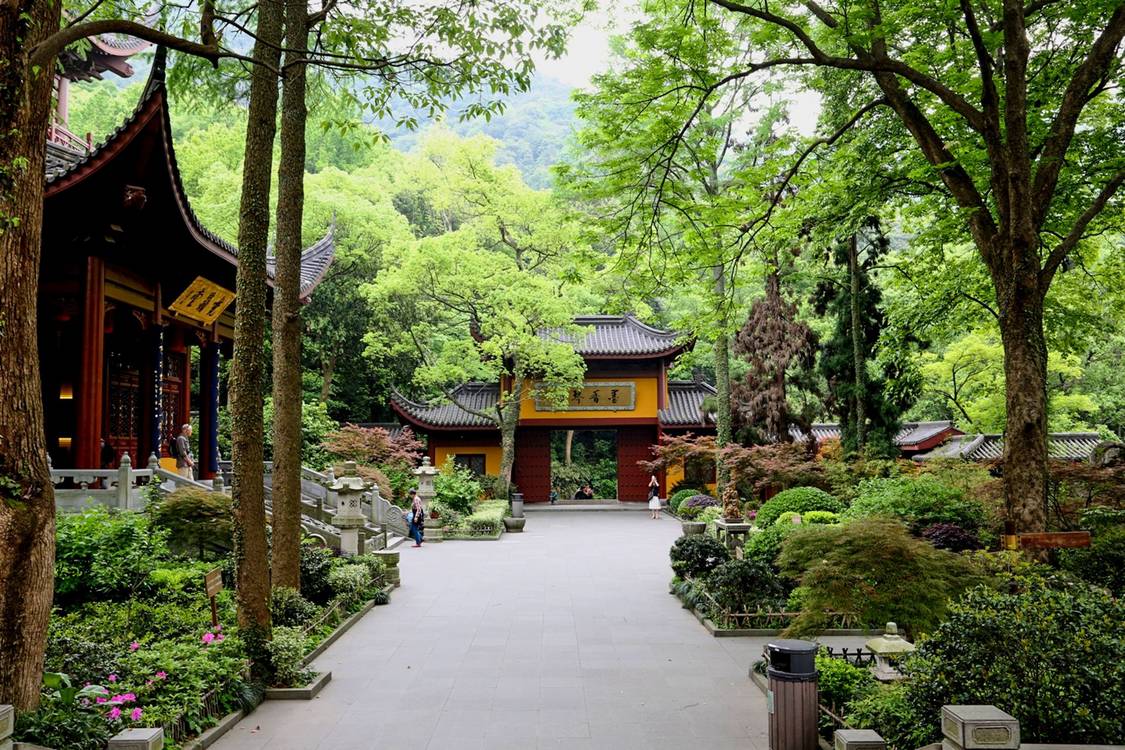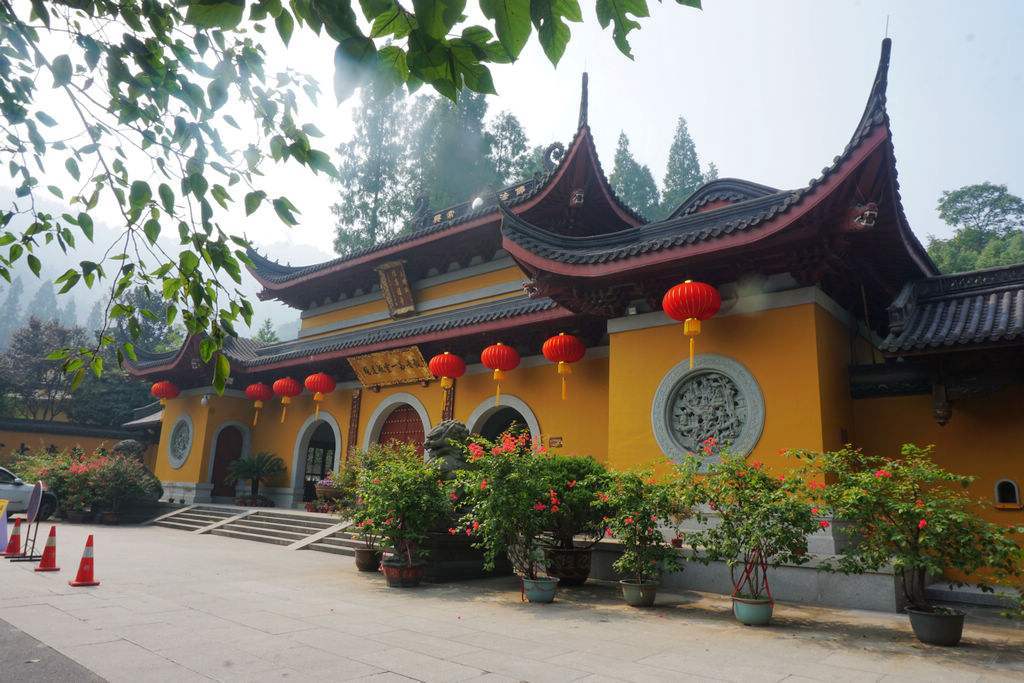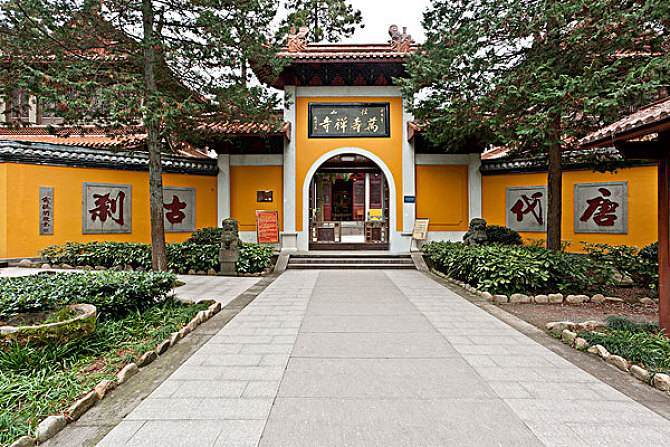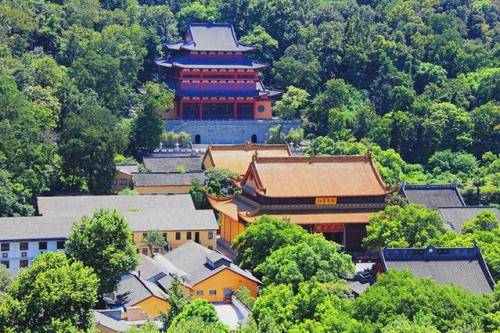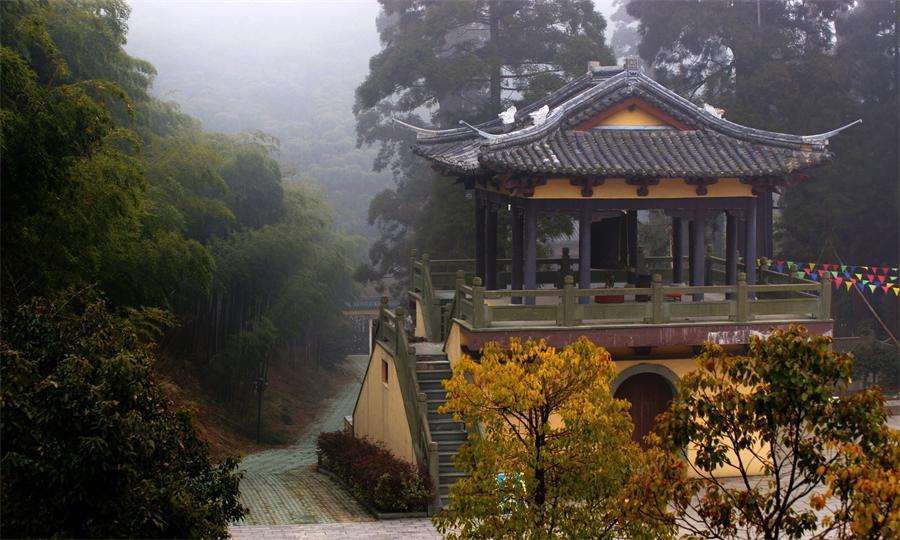Yongfu Zen Temple: The Low-Key Neighbor of Lingyin Temple with a Unique Garden Style
Few tourists know that just a few hundred meters up from Lingyin Temple lies a more tranquil Zen temple—Yongfu Temple. A poem says, 'Wandering through the empty mountains in search of Zen traces, only to see the water and moon playing with the clear spring.' This refers to Yongfu Temple.
Faxi Temple: Probably the Most Loved Temple by Locals in Hangzhou
Located by the West Lake, Faxi Temple is arguably one of the most beloved temples by locals in Hangzhou. Initially unnoticed by tourists, it has gained popularity in recent years due to its excellent scenic spots. Faxi Temple was built in 939 AD and flourished during the Tang and Song dynasties. Known for its profound Buddhist culture, it has always been favored and esteemed by emperors, especially Emperor Kangxi, who visited the temple five times during his five tours to Jiangnan and left many imperial inscriptions. An ancient saying goes: 'Among the Buddhist temples in Southeast China, Qiantang is the best; among the Buddhist temples in Qiantang, Tianzhu is the best; and among the three Tianzhu temples, Upper Tianzhu is the best.'
Jingshan Temple: A Model of Song Dynasty Minimalist Aesthetics, Ancestor of Japanese Temples
In the northwest of Yuhang District, there is a mountain named Jingshan, a town called Jingshan Town, and a temple named Jingshan Temple. The ancient temple is hidden in the deep mountains and bamboo sea, solemn and majestic. Jingshan Zen Temple was built more than 1,200 years ago during the Tang Dynasty. At its peak in the Southern Song Dynasty, the temple housed nearly 2,000 monks. However, with the changes of dynasties and continuous wars, the buildings were damaged and fell into disrepair. Now, only remnants such as the ancient bell and Buddha statues remain.
Jingci Temple: A Perfect View with West Lake on the Left and Leifeng Pagoda on the Right
Jingci Temple is located on the southern shore of West Lake, nestled at the foot of Nanping Mountain, facing Leifeng Pagoda from afar. You might have heard the famous summer verse by Yang Wanli, 'Endless green lotus leaves stretch to the horizon, and lotus flowers reflect a different red under the sun.' The poem, titled 'Leaving Jingci Temple at Dawn to Send Off Lin Zifang,' refers to this very temple.
Futuo Temple: A Hidden Zen Retreat in the Deep Mountains of the Suburbs
Located in Baizhang Town, Yuhang District, Futuo Temple has an interesting explanation for its name. The temple is situated in a low-lying area in the middle of Futuo Mountain, surrounded by peaks and bamboo forests. From a high altitude, it looks like a pot, hence the name Futuo. Futuo Temple was first built in 912 AD during the Liang Dynasty of the Five Dynasties and Ten Kingdoms period. It was very prosperous during the Northern Song Dynasty but was later destroyed and rebuilt multiple times. Now, only the Mahavira Hall within the temple is a true ancient relic.
Huiyin Gaoli Temple: A Small and Exquisite Temple with a World Record
Huiyin Gaoli Temple is located in the Santai Mountain Scenic Area of Hangzhou, about one kilometer from Su Causeway. It was built during the reign of King Wuyue in the Later Tang Dynasty. The term 'Gaoli' in its name is related to the fact that a prince from Gaoli once lived here to seek Buddhist teachings. The temple is not very large but is small and exquisite. Inside Huiyin Gaoli Temple, there is the world's tallest nanmu revolving scripture tower, filled with scriptures. The base of the tower is equipped with a hand-push handle, which can be rotated around the central main wheel, serving as a way to comprehend Buddhist teachings.
